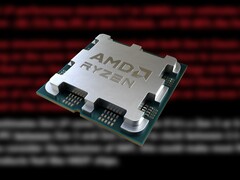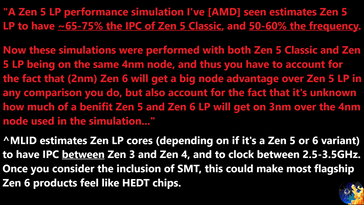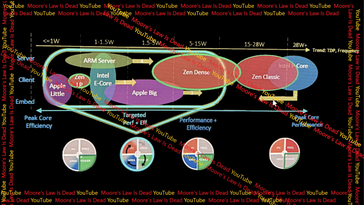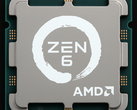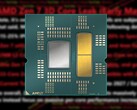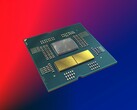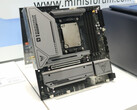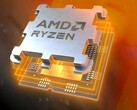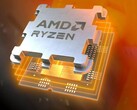It is quite clear to anyone following the recent Zen 6 leaks that AMD has planned some substantial upgrades for the Zen 6 products. Focusing on the “Olympic Ridge” desktop CPUs, reports suggest that AMD is finally increasing the max core count to 24 courtesy of 12-core CCDs while packing more L3 cache for 48 MB total per CCD. The Zen 6 CCDs are also moving to TSMC’s high-performance N2X process node, which could allow the boost clock to reach an insane 6 GHz. The IOD chiplet could be based on either the N3P or the N6.
However, an interesting change that could easily be overlooked is the reported inclusion of two Zen 5 LP cores in the desktop Olympic Ridge CPUs. Per Moore’s Law Is Dead, these low-power cores aren’t just for show. The leaker claims the Zen LP cores are capable performers with excellent energy efficiency.
Zen 5 LP cores reportedly have good IPC
Speaking to Tom, an AMD source claimed that the Zen 5 LP cores can reach about 65-75% of the IPC and 50-60% of the clock speeds of the Zen 5 “Classic” or full Zen 5 cores. These performance simulations were reportedly carried out on the 4 nm node. So, if AMD does use N3P for the IOD die, the performance of Zen 5 LP cores on Olympic Ridge client CPUs could look different.
Taking these results, MLID estimates that the Zen 5 LP cores can reach clock speeds as high as 2.5-3.5 GHz with an IPC “between Zen 3 and Zen 4”. What’s more impressive, however, is that this performance requires little energy.
AMD Zen 5 LP cores power consumption
Per one of AMD’s internal slides shared by MLID, the Zen LP cores are “Client” products that target “Peak Core Efficiency”. The slide depicts the Zen 5 LP cores using 1 W or less per core, making the cores more efficient than Intel’s E-cores.
In simpler terms, not only are the Zen 5 LP cores decent performers that can speed up multi-core workloads, but they are also pretty frugal in terms of power consumption.
While these reports are exciting, we have to be careful, as Zen 6 processors won’t be available until H2 2026. So, take MLID’s information with a grain of salt.
Source(s)
Moore's Law Is Dead on YouTube, Teaser image: AMD, Moore's Law Is Dead, edited




